Pu Yi was ashamed of his posterity, his image was exposed for the first time, there was something strange on the bed?
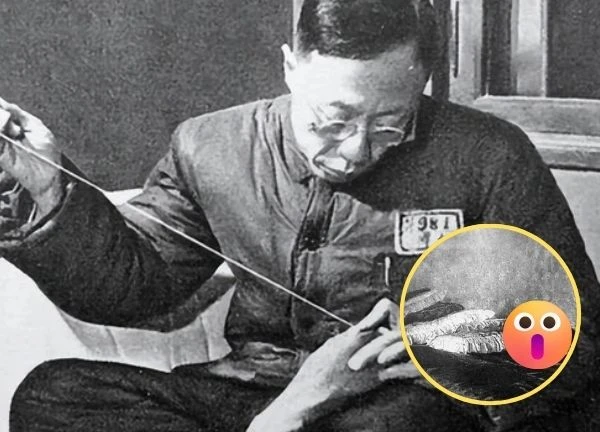
5 | 0 Discuss | Share
Vu Hoa Cac - a magnificent Buddhist structure, always shrouded in mystery, even historians are not allowed to set foot here. This place witnessed the ups and downs of the Ming and Qing dynasties.
Situated majestically in the heart of Beijing, the Forbidden City (Forbidden Palace) has stood tall throughout its 600-year history. However, among this massive architectural complex, there are still "inviolable" areas, arousing the curiosity and speculation of later generations. Among them, the Wuhua Pavilion - a magnificent Buddhist structure, is always shrouded in mystery, and even historians are not allowed to set foot in it. It was not until the last Emperor, Pu Yi, returned to the Forbidden City after an amnesty that the secrets of the inner palace were gradually revealed.
According to Sohu, Yuhua Pavilion, hidden in the inner courtyard area to the west of the Forbidden City, is the largest Buddhist hall among dozens of Buddhist shrines here. Its mystery is further enhanced by the fact that this area is always off the list of places open to the public, making visitors wonder and even weave many thrilling hypotheses.
In 1959, after being pardoned, Pu Yi worked at the Beijing Botanical Garden. One day, he and his colleagues visited the Forbidden City, which was now open to visitors. By chance, they met a tour group, a historian who enthusiastically introduced the history of Wuhua Pavilion, explaining that this building was built during the Qianlong period, and that many rare Buddhist statues and Buddhist scriptures were kept inside. To avoid damage, this area was closed to the public.
Standing in the crowd, Pu Yi shook his head after hearing this, thinking that this explanation was not true. The historian did not recognize the last Emperor, so he asked him again, "What is the truth?". At this time, Pu Yi revealed to everyone that Wu Hua Pavilion indeed held many treasures, but the main reason this area was not open was because the fourth floor of the building worshiped three statues of the Twin Buddhas (Twin Buddhas). "Initially, only the Emperor before his marriage was allowed to come and admire them, the purpose was to learn about men and women," Pu Yi said, making everyone around him surprised and understand.
According to research, the Twin Buddha, also known as the Joyful Buddha, is believed to have the ability to help viewers better understand the intimacy between men and women. Due to its sensitive and offensive image, the treasures inside the Vu Hoa Cac are not allowed to be widely displayed to the public.
Thus, after centuries of mystery, the real reason why Vu Hoa Cac became a forbidden area in the Forbidden City has been revealed. Not because of the rare treasures, but because of the Buddha statues with special sex education meanings reserved for the Emperors before marriage. This interesting story not only answers the questions of later generations, but also reveals a secret, little-known aspect of ancient royal life.
In addition, thanks to its historical and cultural significance and unique beauty, the Forbidden City is a famous tourist attraction for Chinese and foreign tourists. However, there are two special areas that tourists cannot approach.
Quyen Can Trai is a place located in the north of the garden of Ninh Tho Palace, behind Phu Vong Cac. In the 37th year of Can Long (1772), Quyen Can Trai was built to imitate Kinh Thang Trai in the garden of Kien Phuc Palace. Quyen Can Trai has 9 rooms connected together with a watchtower on the top of the hill.
In the last years of his life, Qianlong mostly moved to Quanqingzhai to rest. Qianlong asked the best craftsmen in the capital to redecorate Quanqingzhai in the Jiangnan style. To help the emperor feel most comfortable while living here, the artisans used bamboo as the main material to build Quanqingzhai.
The roofs of the rooms here are covered with blue glazed tiles and decorated with yellow glazed tiles at the edges. The corridors of Quyen Can Trai are decorated with Suzhou-style paintings. These paintings were painted by the court painters Lang The Ninh and Vuong Au Hoc. The ceilings of the rooms are covered with uniform patterns. There is also a small stage for the emperor to watch Peking opera. During the Qianlong period, eunuchs often practiced singing at Quyen Can Trai.
Unfortunately, the paintings and bamboo objects, walls, beds... were damaged after a long time so this place has been closed for restoration.
Sanxi Hall is located in the east of the Warm Pavilion of Yangxin Hall, originally named "Wen Qi", later changed to "Sanxi Hall". The signboard bearing the name Sanxi Hall was also personally written by Qianlong. "Sanxi" is "Scholars hope to become talented people, talented people hope to become saints, saints hope to become people who know heaven", which actually encourages oneself to constantly pursue and work hard.
Sanxi Tang is the study of Emperor Qianlong, with an area of only about 4.8 square meters, but the decoration is elegant and delicate. Sanxi Tang is known for displaying a large number of exquisite handicrafts and office treasures. This is also where Emperor Qianlong kept the "Sanxi Mac Bao" works: "Khoai Tuyet Thoi Tinh Thiep" by Wang Xizhi, "Trung Thu Thiep" by Wang Xianzhi and "Ba Vien Thiep" by Wang Xun.
The reason why Sanxi Hall is open to the public but not accessible to visitors is because it is too small. The reason why Sanxi Hall is so small is related to its original function. Previously, it was called Wenqi, which means a warm room even in the cold winter. This room was designed to face the sun, with a large window, and in the winter, a charcoal basin could be added so that Emperor Qianlong could comfortably sit and read books and practice calligraphy. Not only is the area small, but the interior of Sanxi Hall also contains many valuable treasures, so this place has been sealed and strictly forbidden for visitors.
Rare photos of the Qing Dynasty: Revealing the life of kings, the shocking photo of the concubine who abandoned Pu Yi 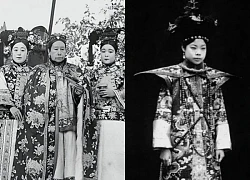 Hướng Dương16:35:18 23/03/2025Rare photos have been released revealing the life of Empress Dowager Cixi and Emperor Puyi in the final days of the feudal era in the Forbidden City. There are many things that future generations did not expect.
Hướng Dương16:35:18 23/03/2025Rare photos have been released revealing the life of Empress Dowager Cixi and Emperor Puyi in the final days of the feudal era in the Forbidden City. There are many things that future generations did not expect.

5 | 0 Discuss | Share
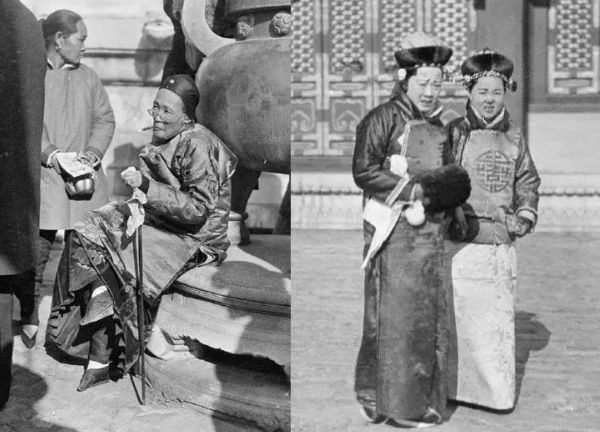
5 | 0 Discuss | Share
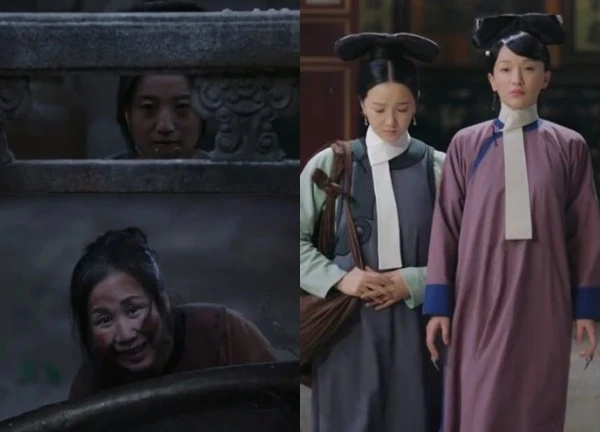
6 | 1 Discuss | Share
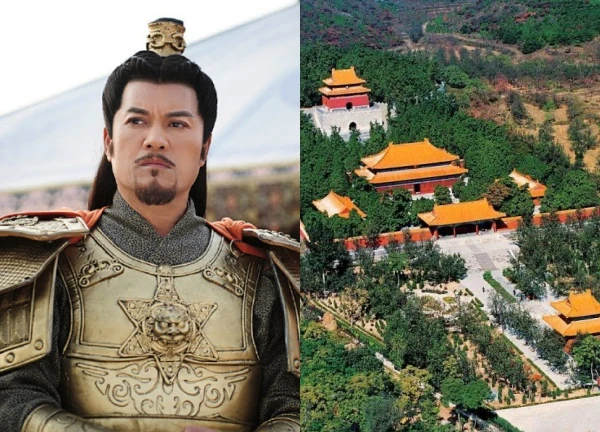
4 | 0 Discuss | Share
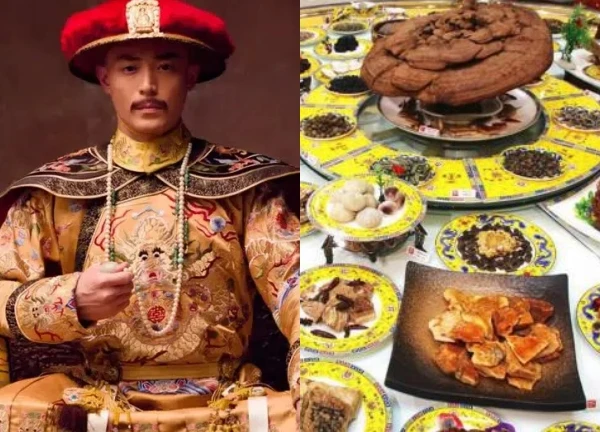
2 | 0 Discuss | Share
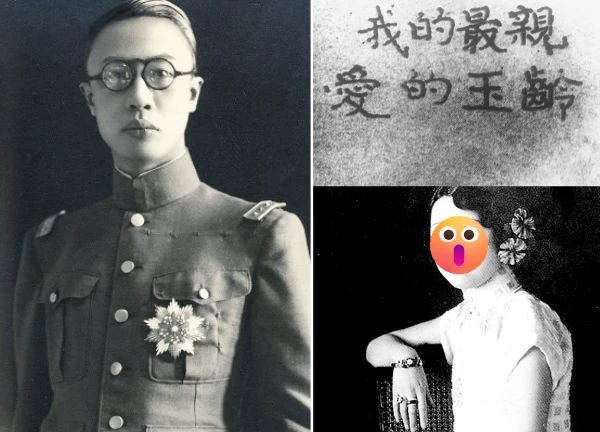
2 | 0 Discuss | Share
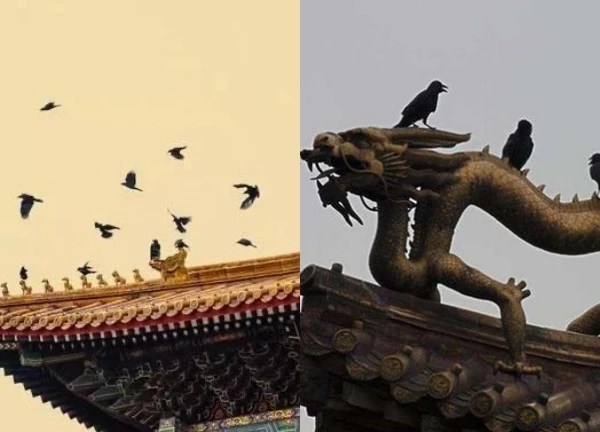
3 | 0 Discuss | Share
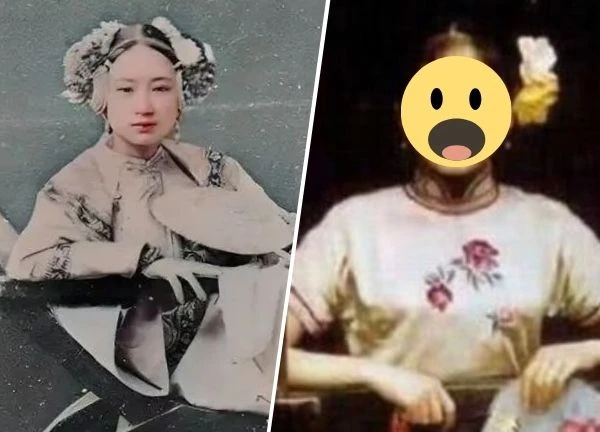
1 | 0 Discuss | Share
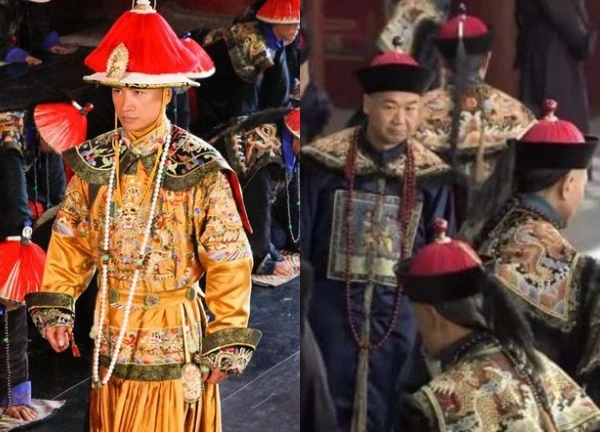
3 | 0 Discuss | Share
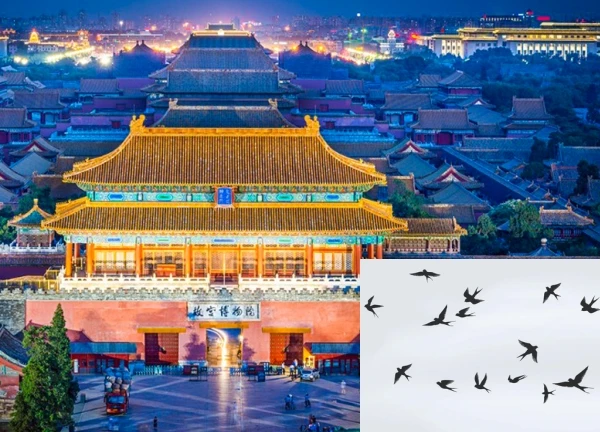
1 | 1 Discuss | Share

1 | 1 Discuss | Share
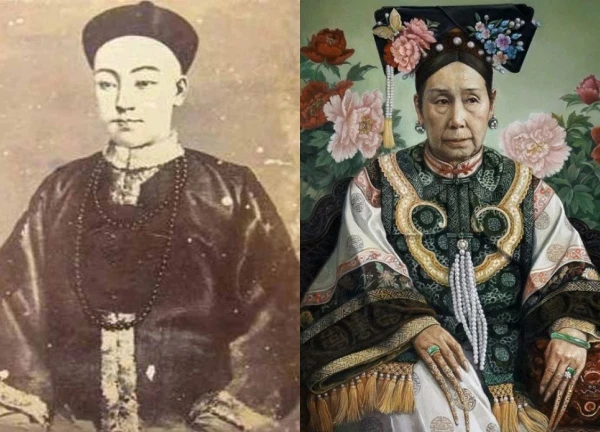
2 | 1 Discuss | Share
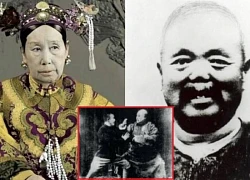


4 | 0 Discuss | Report